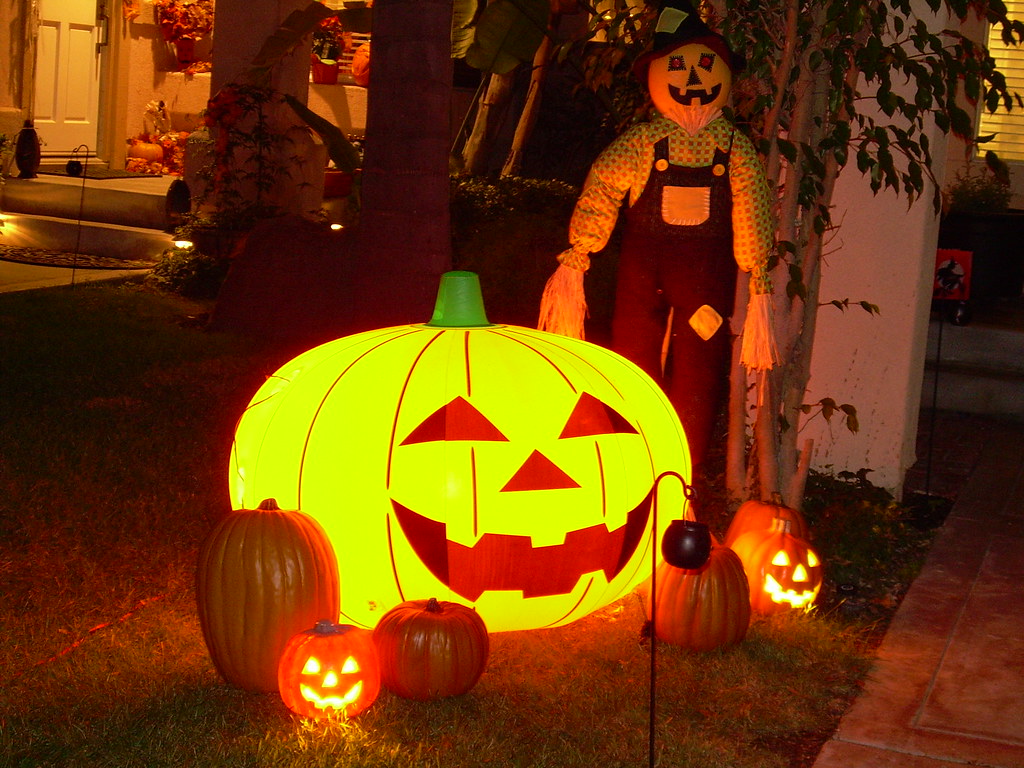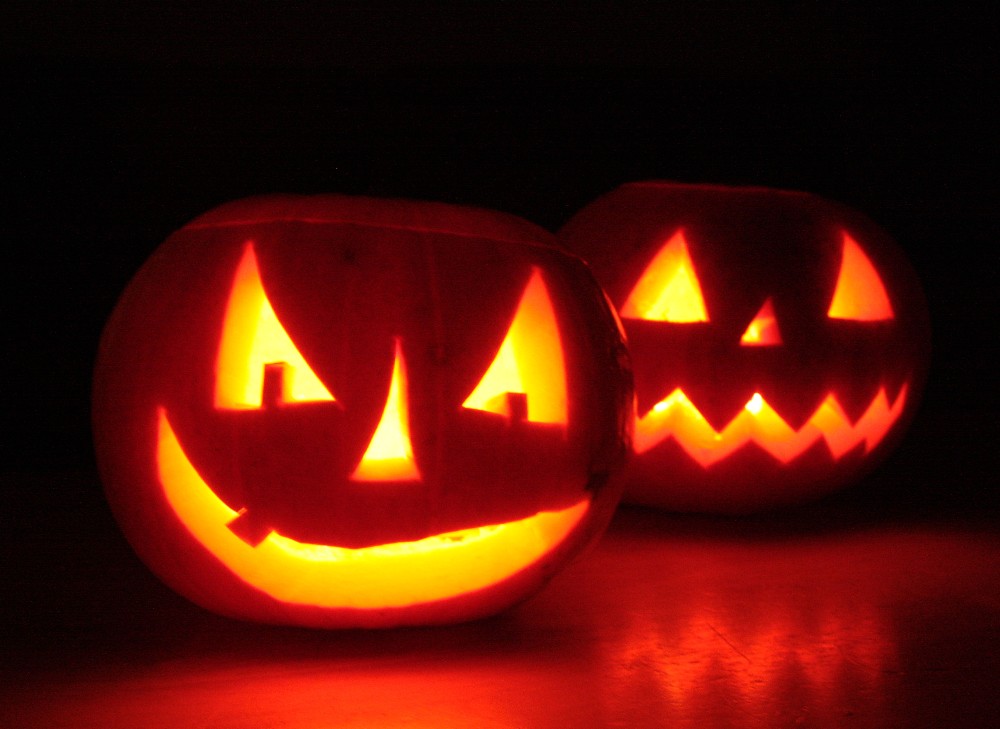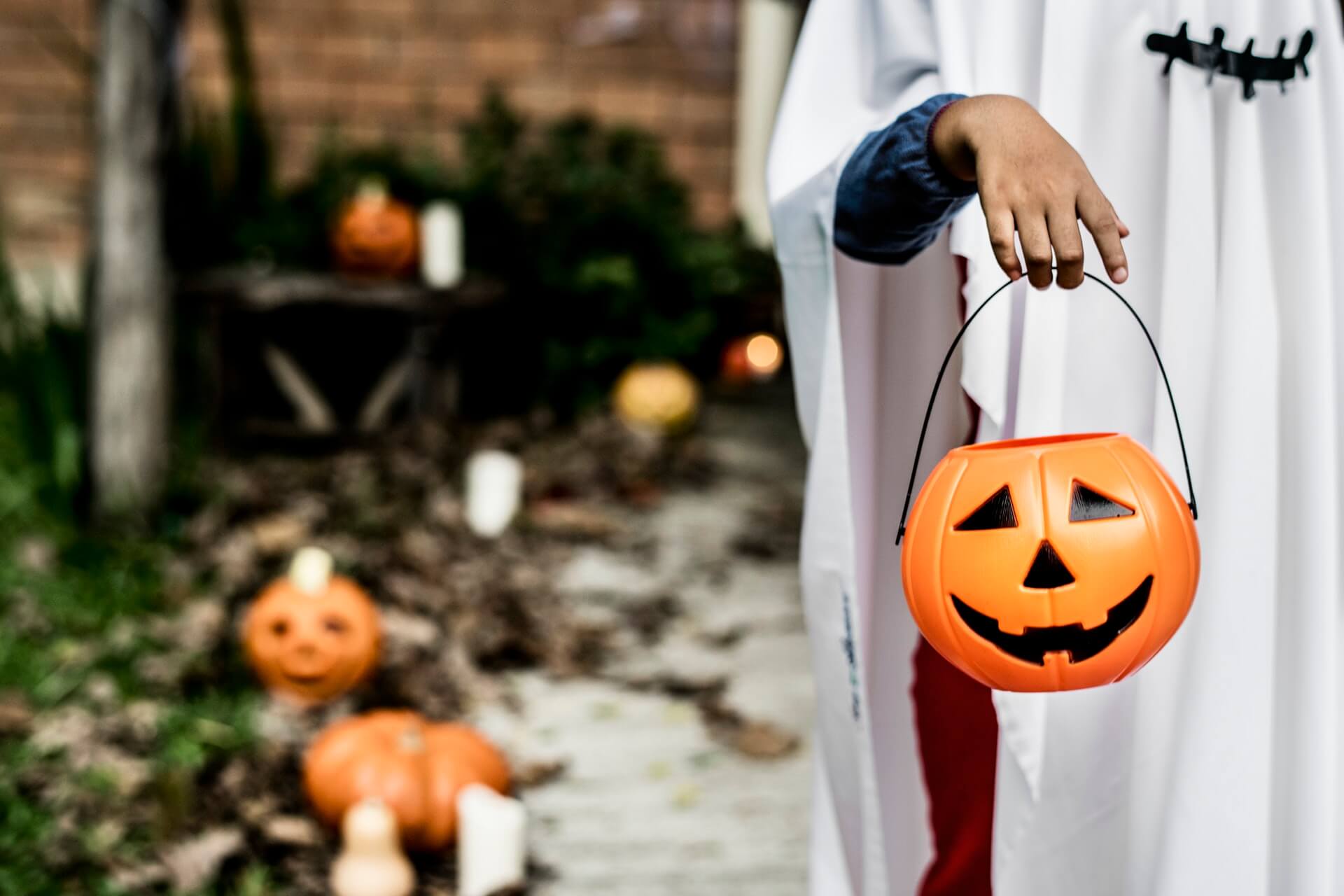Halloween 2023 – When is it?
Halloween is a yearly tradition that takes place on the 31st of October, with Halloween 2023 set to grace us on a Tuesday.
Unearthing Halloween’s Ancient Origins
Delving into the rich history of Halloween, we discover its deep-rooted connection to the ancient Celtic festival, commonly referred to as Samhain, and often pronounced as “sow-in.”
This more than two-thousand-year-old ceremony was observed by the Celts in what are now Ireland, the United Kingdom, and northern France to commemorate the start of their New Year on November 1.
This day marked the beginning of the colder, darker winter months, a time often associated with human mortality.
The Celts held the belief that as the night of October 31st descended, the division between the realm of the living and the realm of the departed grew hazy. It was believed that the spirits of the deceased returned to Earth on this night.

In addition to causing mischief and potential harm to crops, the presence of these otherworldly spirits made it easier for druids or Celtic priests to make predictions about the future. For people heavily dependent on the unpredictable natural world, these prophecies provided comfort during the long, dark, and cold winters.
To celebrate this event, druids would construct massive sacred bonfires where people gathered to burn crops and animals as sacrifices to the Celtic deities. They would also wear costumes, often consisting of animal heads and skins, and attempt to tell each other’s fortunes.
When the celebration was over, they re-lit their hearth fires, which they had extinguished earlier that evening, from the sacred bonfire to help protect them during the coming winter months.
In 43 A.D., the Roman Empire had secured dominion over the greater part of Celtic lands. Over the course of 400 years of Roman rule, two Roman festivals were combined with the traditional Celtic celebration of Samhain.
The first was Feralia, a day in late October when Romans traditionally commemorated the passing of the dead.
Another occasion was dedicated to paying tribute to Pomona, the Roman deity associated with fruits and trees. The symbol of Pomona is the apple, which might explain the tradition of bobbing for apples that is practiced on Halloween.

How Did Halloween Begin in America?
In early colonial New England, Halloween was not widely celebrated due to the rigid Protestant belief systems of the region. However, Halloween was quite popular in Maryland and the Southern colonies.
As various European ethnic groups and American Indians joined the country, an American version of Halloween began to emerge.
Initial commemorations encompassed “play parties,” public gatherings organized to rejoice in the bountiful harvest. As the traditions and beliefs of diverse European ethnic groups and Native Americans intertwined, a uniquely American rendition of Halloween started to take shape.
Initial festivities comprised “play parties,” communal gatherings aimed at celebrating the harvest, during which neighbors shared tales of the departed, foretold each other’s destinies, and engaged in lively dancing and singing.
By the mid-nineteenth century, autumn celebrations were prevalent, but Halloween had not yet gained nationwide recognition.
Towards the end of the 1800s, there was a significant influx of immigrants to the United States from throughout the globe.
These fresh arrivals, notably the countless Irish individuals escaping the ravages of the Irish Potato Famine, played a pivotal role in propagating Halloween as a widely celebrated event across the nation.

The Origins of Trick-or-Treating
With influences drawn from European customs, Americans initiated the practice of donning costumes and making visits from one home to another to request treats or currency, a practice that gradually shaped into the present-day “trick-or-treat” custom. Young women believed that on Halloween,
they could divine the name or appearance of their future husband by performing rituals like pulling yarn, apple peeling, or gazing into a mirror.
During the second portion of the 1800s, Halloween in the United States underwent a transformation, moving away from its emphasis on ghosts, pranks, and superstitions, to become more about community and neighborly festivities rather than being solely centered around mischievous and mystical elements.
As the century drew to an end, Halloween had transformed into a festivity embraced by individuals of all age groups, becoming a cherished occasion.
Halloween Parties
During the 1920s and 1930s, Halloween transformed into a secular but community-centered holiday with parades and town-wide Halloween parties as the primary entertainment.

Despite best efforts by schools and communities, Halloween had lost most of its superstitious and religious overtones by the beginning of the twentieth century.
However, by the 1950s, town leaders had successfully limited vandalism and Halloween had evolved into a holiday directed mainly at the young.
As a result of the substantial increase in the number of young children during the post-World War II baby boom in the 1950s, festivities transitioned from town civic centers to more manageable locations such as classrooms or homes.



Wow, amazing weblog format! How lengthy have you been blogging for?
you made blogging look easy. The total look of your web site is magnificent, as
neatly as the content! You can see similar here sklep internetowy